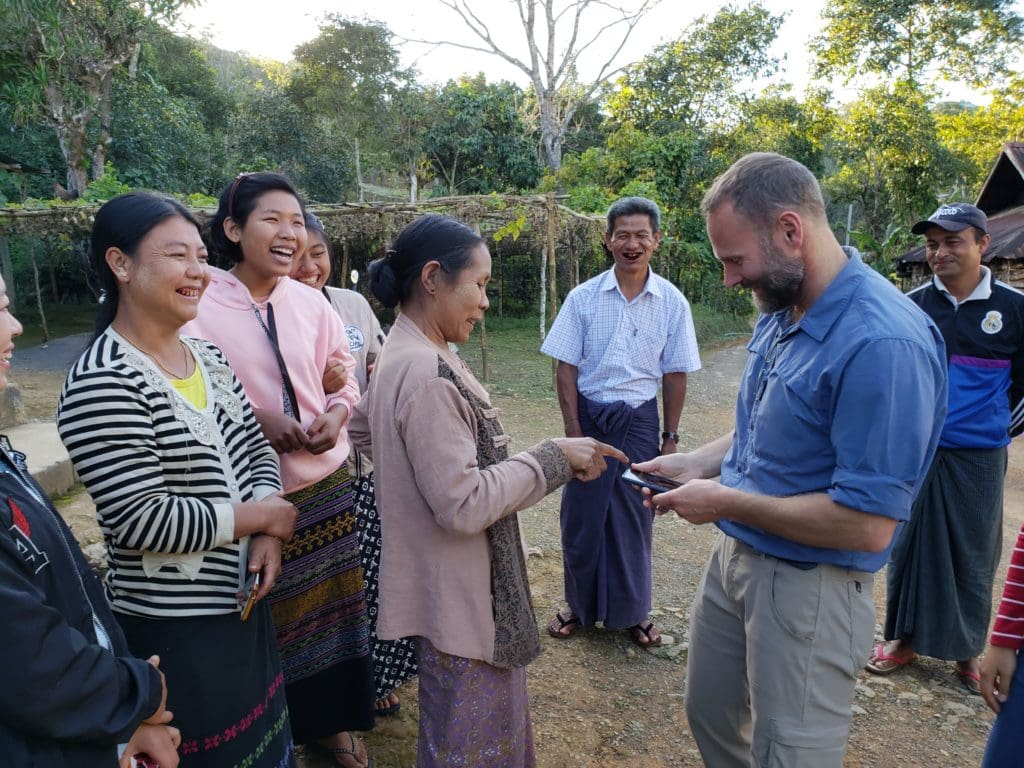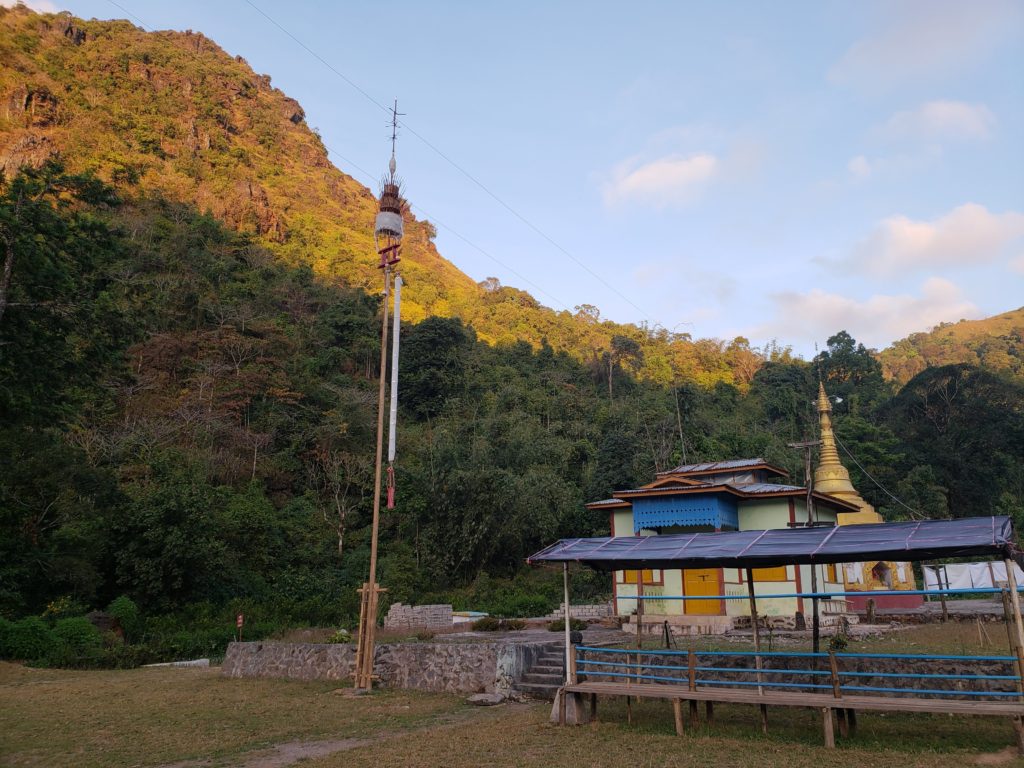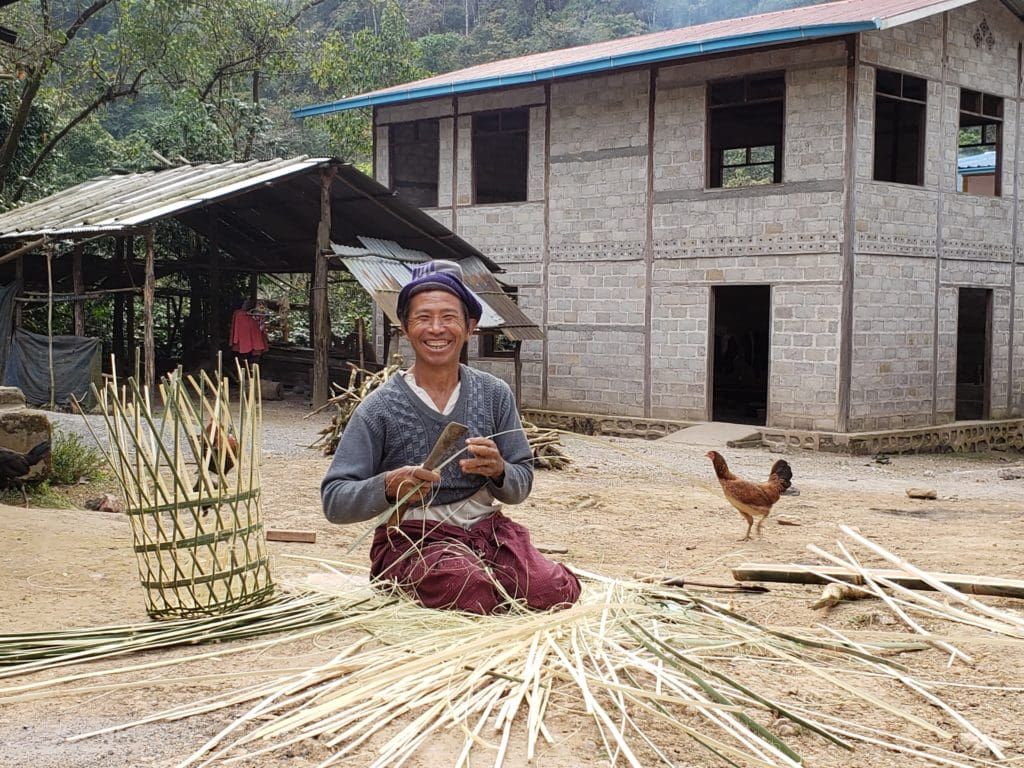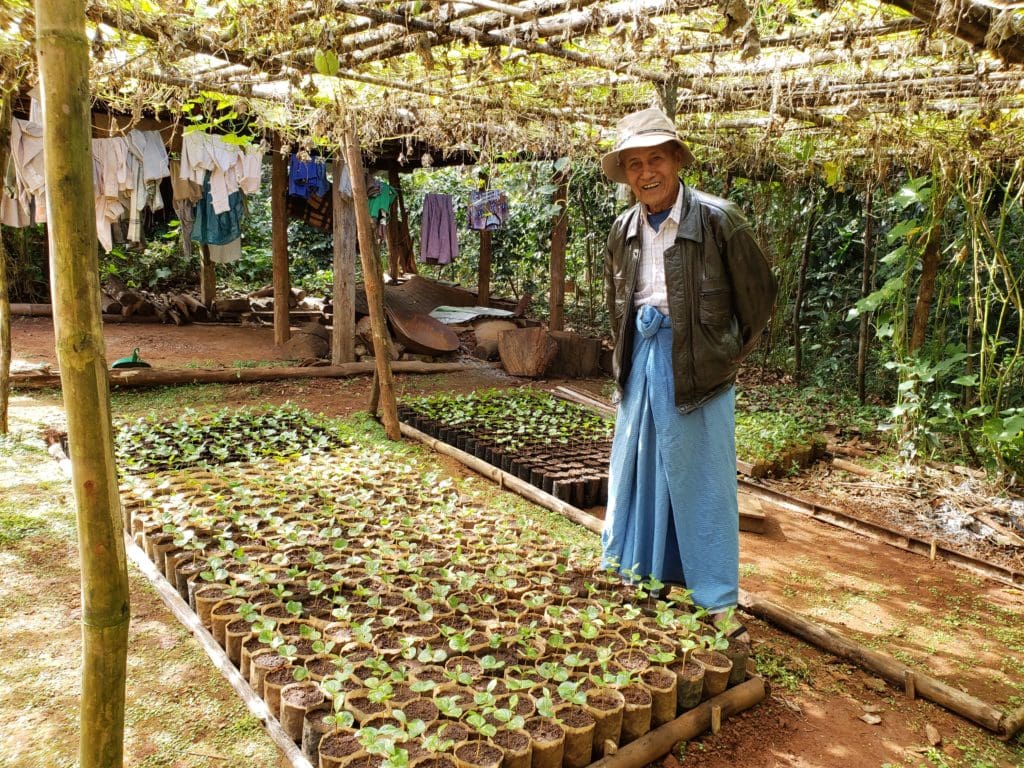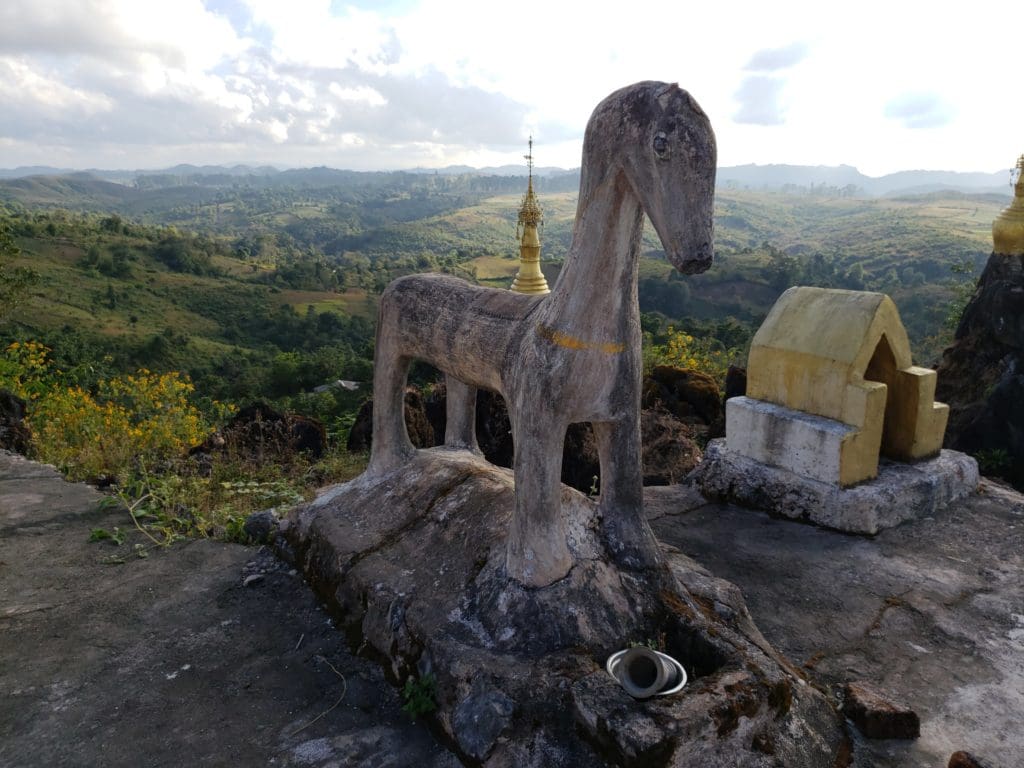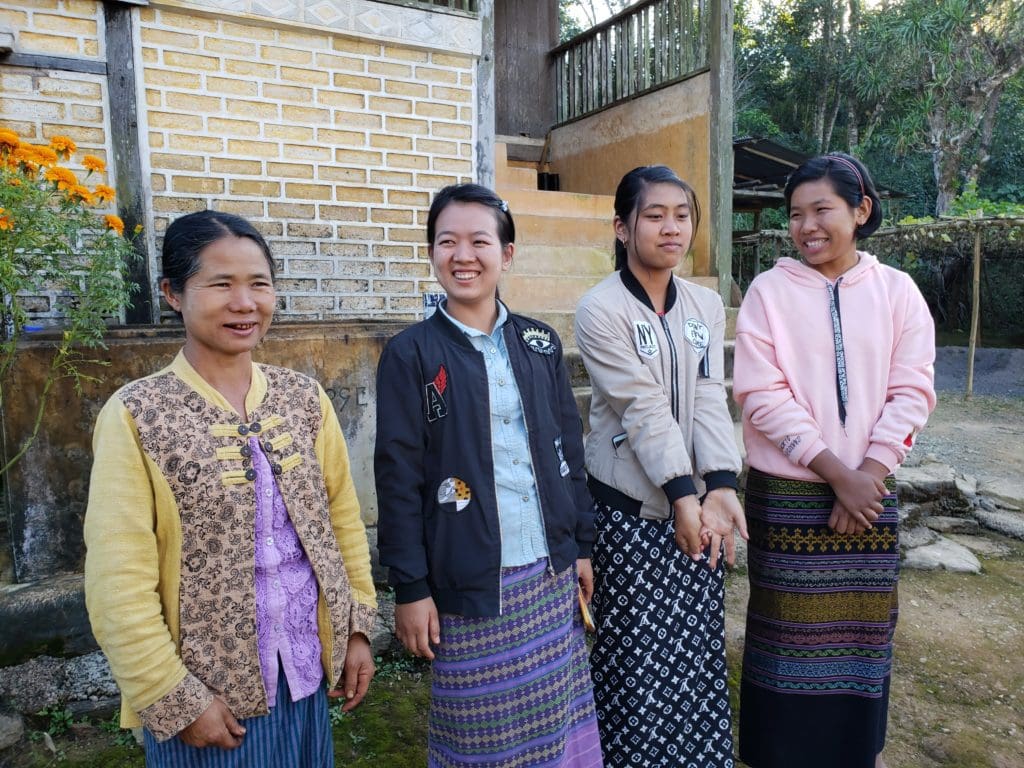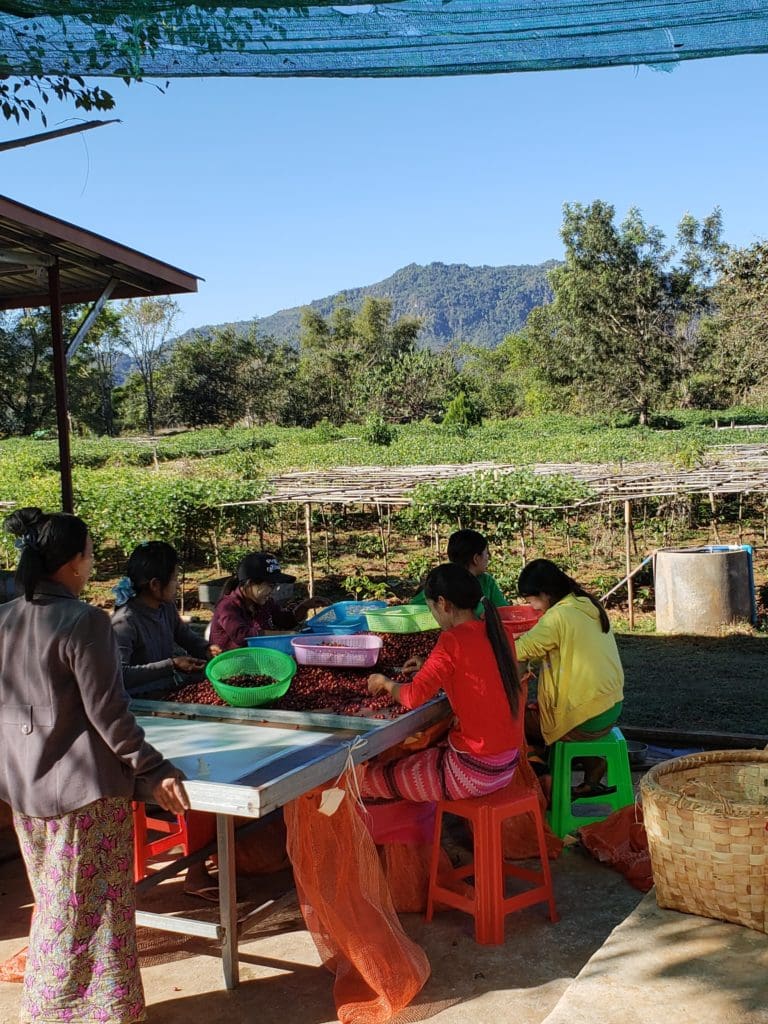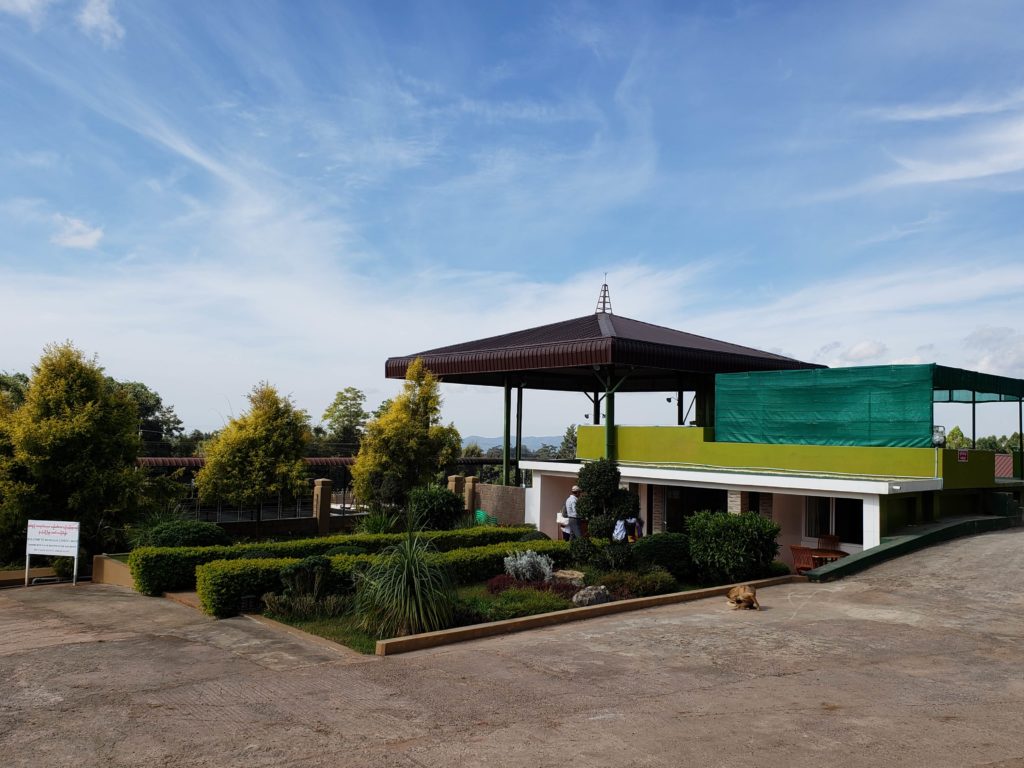In Atlas' early days, our COO Jennifer Roberts arrived at HQ one morning. When Craig didn’t show up at the office, she rang him: Where are you?" Craig: "I'm in Uganda. I didn't tell you?" Outlook calendarizing aside, this story embodies Craig’s busy schedule, his penchant for far-flung travel, and his dedication to relationship building at origin. Twenty years later, Craig can still be found in Uganda, but also in Myanmar, Nepal, China, Costa Rica, and myriad other coffee-producing countries. So, this November when Craig and I traveled to Myanmar to visit communities in Southern Shan State, as well as Green Land Estate and MCG dry mill in Mandalay, I took just as many notes on how he conducted business as on the actual business developments.
When meeting with producers at origin, he never made promises he couldn’t keep, he kept his humor (“April, can you translate, ‘There are multiple ways to skin a cat’?”), he listened, and he motivated. He discussed difficult subjects (I’m looking at you, ‘C’ market) and successes with the same collaborative approach. “We work for you,” he repeatedly voiced to producer groups. Knowing how Craig conducts business at Atlas HQ, and equally through the Atlas mission and our core values, this partnership approach did not surprise me, but observing a creature in its natural habitat is a thing to behold.
Contrary to popular belief, coffee production isn’t new in Myanmar (1880s; British colonials), but specialty coffee production is (2014; USAID Value Chains for Rural Development project). Thanks to lots of public-private collaboration, average scores at the country’s national cupping competition jumped from low-70s to mid-80s within a year. USAID and Winrock International invested heavily in training producers and leaders in agronomy, market access, and business skills instead of just physical resources. This work is evident in the Myanmar coffee we see and taste today.
Take the development of Shwe Taung Thu (“golden farmer”) for example. Early last year, several producers realized that they would need to take on a larger leadership role post-USAID and expanded a 5-member internship group into an 18-member, community-wide organization. In May 2018, Shwe Taung Thu was born. In under one year, they’ve secured a headquarters, formalized their structure, and started implementing their service mission to provide access to finance, technical support, and market linkages for their members.
Challenges across the villages include proper pruning and shade-tree management, adequate drying bed space, low yields, access to pre-financing, and competitive cherry prices per vis (1.64kg). Common successes include great-tasting coffee, enthusiastic roaster feedback, equitable pricing, and community development.
Shan State (Ywa Ngan) Village Updates
The members at Oat Twin, or “brick well,” enthusiastically shared coffee has surpassed citrus and avocado as their top cash crop. Last year, they were able to build a community hall with their profits from specialty coffee.
Ga Naing Yar village is so remote that the local school only has four grades. With greater earnings from specialty coffee last year, many community members were able to send their older kids to nearby schools to continue their education.
The members of Lay Ywar became so organized that they have designed a class in business management. They explained that the first year was really challenging, “like building a house in the sky.” Just three years later, they are offering loans to members, increasing their drying bed capacity, and have started building equity through a capital fund.
The folks at A Lel Chaung keep 10% of their profit to reinvest in the community and provide electricity to the school and local monastery with coffee profits.
Pha Yar Gyi Gone sits right next to a beautiful and ancient monastery. We brewed and tasted roasted coffee that Blue Bottle Coffee purchased from them last year, which brought on lots of laughter and looks of elated astonishment when producers cupped their own coffee for the first time.
Myin Dwin was used for Coffee Champs this year, and members also laughed and smiled when we tasted their roasted coffee with them, courtesy of Broadcast. It too, was the first time they had tasted their own coffee. Profits from 2017 were used to improve the local road and prep the drying bed area.
Myin Kya Doe just joined the specialty-coffee production group this year, and are eager to establish long-term relationships with buyers.
Yay Chan Pyin means “broad, cool water” and 16 villages in the Ywa Ngan area get water from a spring near the village. They grow lots of citrus and tea, along with coffee. People were so generous that we could have opened up shop at the local market with all of the oranges we received.
Da La Pin, a remote, mountainous village, is famous for a nearby waterfall and its legend of a 30’ palm tree sprouting up in the center of the village. They intercrop coffee with chayote (vegetable) and prune their coffee trees to match the 6’ height of the chayote.
Pway Na Phar means “stone mountain range”. Here, locals grow mustard, tomato, tea, citrus, avocado, and coffee. The group is eager to start picking ripe cherry in late December when the harvest season starts for them.
We rounded off our time in Ywa Ngan with a visit to Su Su Aung at Amayar Dry mill, who is expanding dry-mill capacities, has a new cupping lab, and who is producing yellow and black honey with cherry from nearby communities in additional to washed- and natural-processed coffees.
Mandalay
From Ywa Ngan we traveled on to Pyin Oo Lwin in Mandalay. At Green Land Estate, we met with U Sai Wan, whose nursery is filled with varietals like Bourbon, Gesha, Yellow Catuai and Mundo Novo. He has 450 acres (of 750 total acres) of different coffee varietals perfectly shaded with silver oak, and he produces primarily washed coffee.
Our final visit was to Mandalay Coffee Group (MCG), Myanmar’s largest dry mill and one of the tidiest dry mills I’ve ever seen. MCG and non-profit Myanmar Coffee Association (MCA) are driving specialty-coffee quality in Myanmar, and we enjoyed hearing about the latest developments in specialty coffee on regional and country level. They estimate that Myanmar is producing around 4,000MT (208 x 320-bag containers) of coffee annually, the vast majority (95-97%) of it being washed, with 12-15% of overall production being consumed internally.
Myanmar is a unique place producing unforgettable coffee. The natural-processed coffees are some of the brightest, cleanest we’ve seen globally, and we look forward to bringing in micro-lots next summer to both coasts. For additional information please contact your sales rep or visit the High Res Asset Kit with the Myanmar traceable page here.
